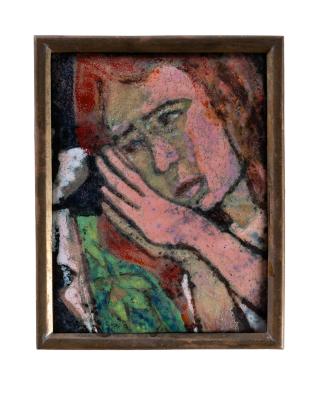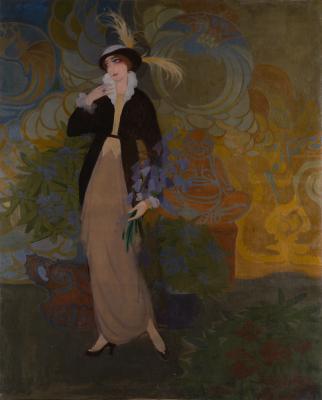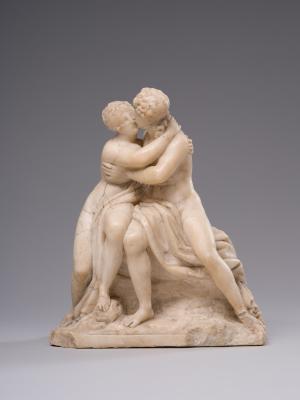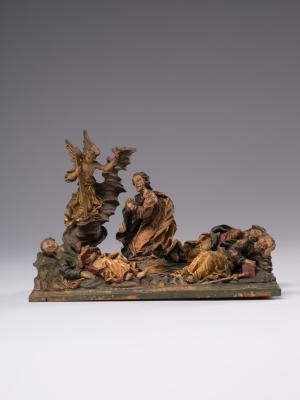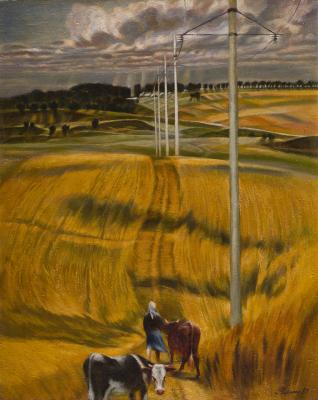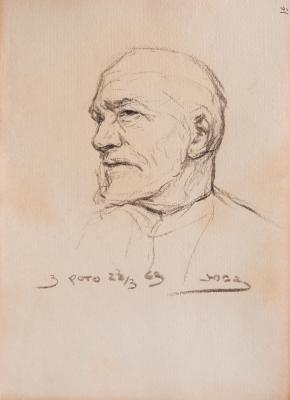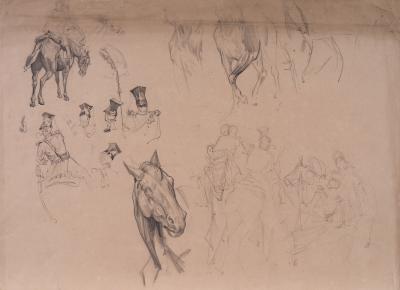Giovanni Antonio Canal created "The View of San Michele Island" in the 1720s. The picture was a pendant to "The View of Murano Island". Still, Canaletto's authorship of cityscapes remains debatable. Iryna Linnik, in particular, believed that both compositions were executed in the artist's workshop. At the same time, Viktoriia Markova suggested that the paintings belonged to his early career. The Hermitage in St. Petersburg houses the same pair of views related initially to the period preceding Canaletto's departure to England in 1746. However, in more recent studies, they were attributed to the mid-1720s. There are several skilled reproductions of the works, most of which are referred to the artist's followers. Unfortunately, verifying Canaletto's authorship of the Lviv paintings is difficult. In this case, we can only assume that the canvas dates to the mid-1720s.







